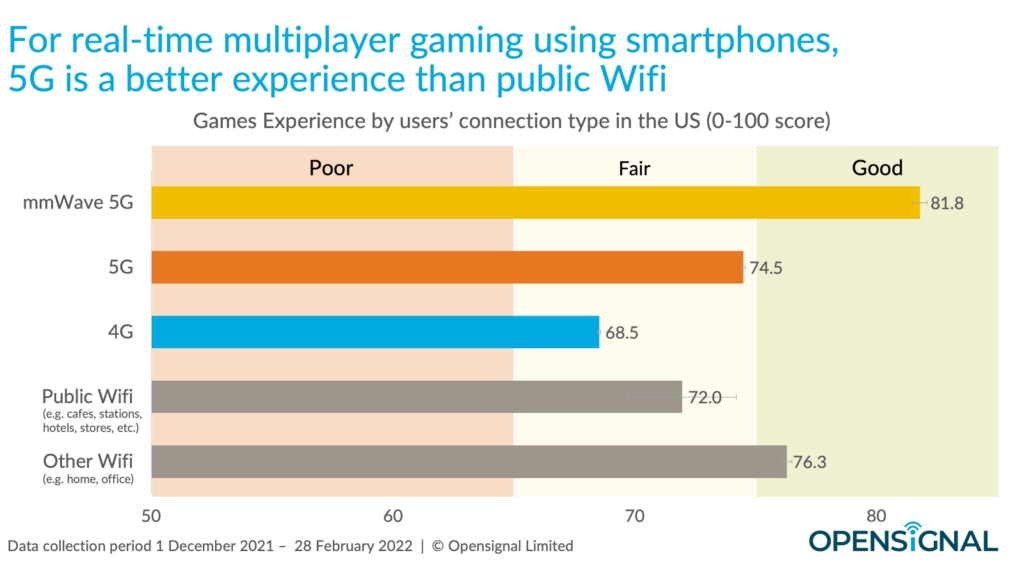In 2017, an article was published titled “The Next Great Computer Interface Is Emerging—But It Doesn’t Have a Name Yet.” Fast forward seven years to today, and the headline remains just as relevant in the ever-evolving world of technology.
Recently, Apple made headlines by restricting developers for their upcoming Vision Pro headset from using terms like VR, AR, MR, or XR to describe their applications. Instead, Apple is pushing for the use of “spatial” or “spatial computing” to refer to these apps. This move has sparked a range of reactions from industry insiders, questioning the impact on popular platforms like VRChat and delving into Apple’s marketing strategy.
This attempt by Apple to redefine the terminology in the tech industry is not a new phenomenon. In the past, companies like Google, Microsoft, and Facebook have all tried to shape the narrative by introducing new terms like “immersive computing,” “mixed reality,” and “the metaverse.”
The term “spatial computing” itself is not a new concept and has been in use for over a decade, emphasizing the use of three-dimensional space to create more intuitive interfaces. This evolution of language to describe emerging technologies is a common trend, as seen in the history of words like “movie” and “computer.”
The choice of words used to describe new technologies can have a significant impact on how they are perceived and adopted by consumers. For example, the misjudgment by AT&T and McKinsey in predicting the popularity of mobile phones in the 2000s highlights the importance of understanding the evolving nature of technology and its associated terminology.
As we continue to navigate the ever-changing landscape of technology, the challenge of defining and adopting new terms remains. The future of 3D computing interfaces and what they will be called ultimately lies in the hands of influential players like Apple. Just as entrepreneur Matt Miesnieks once said, “Probably whatever Apple decides to call it.”
Image Credit: James Yarema / Unsplash



